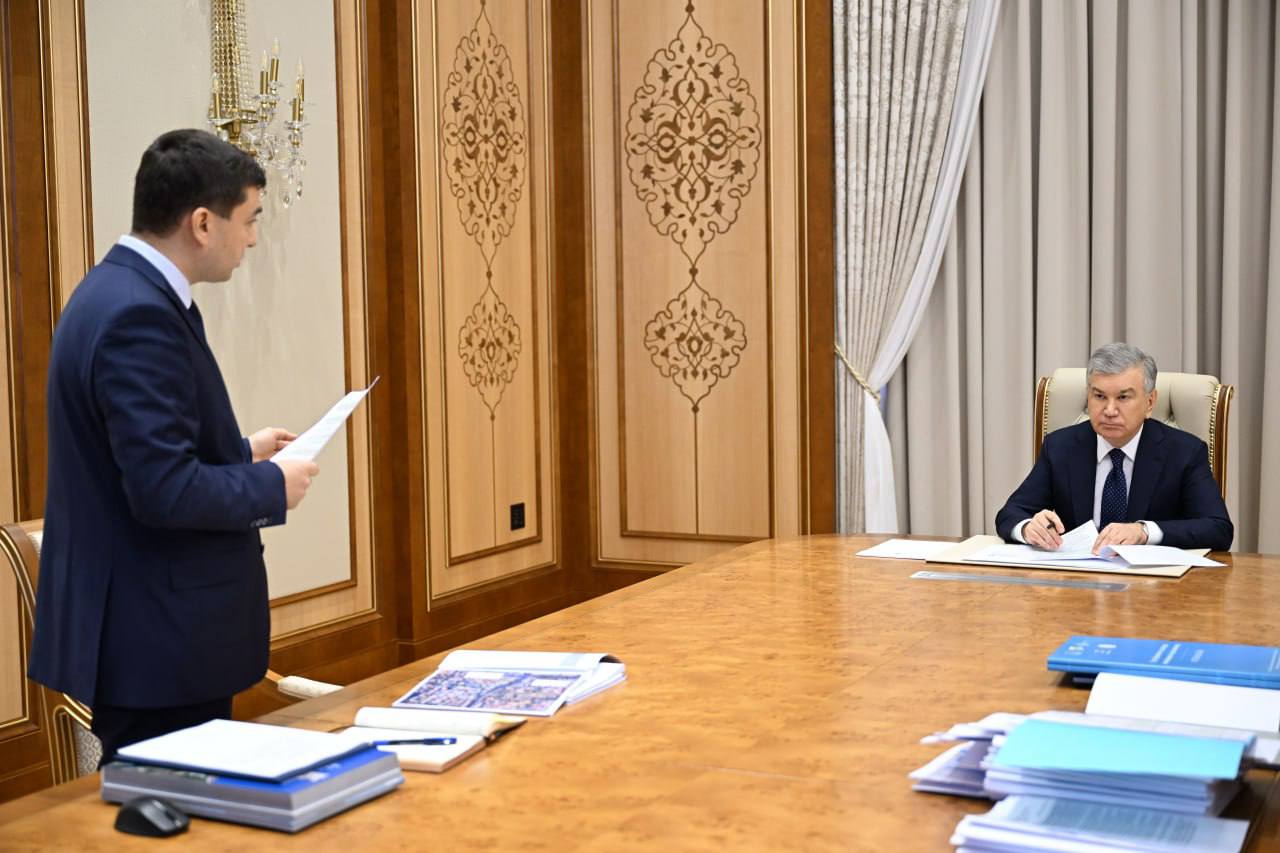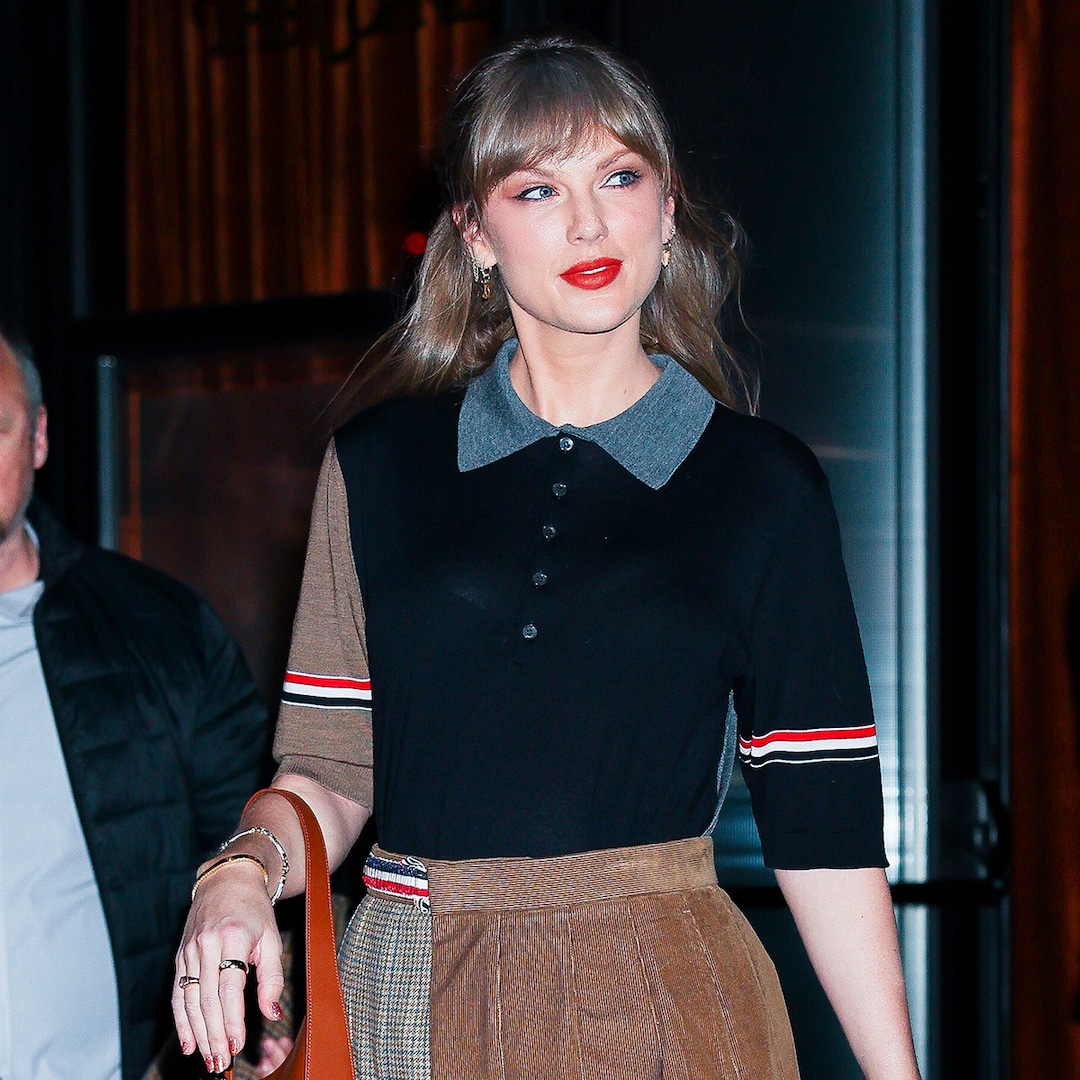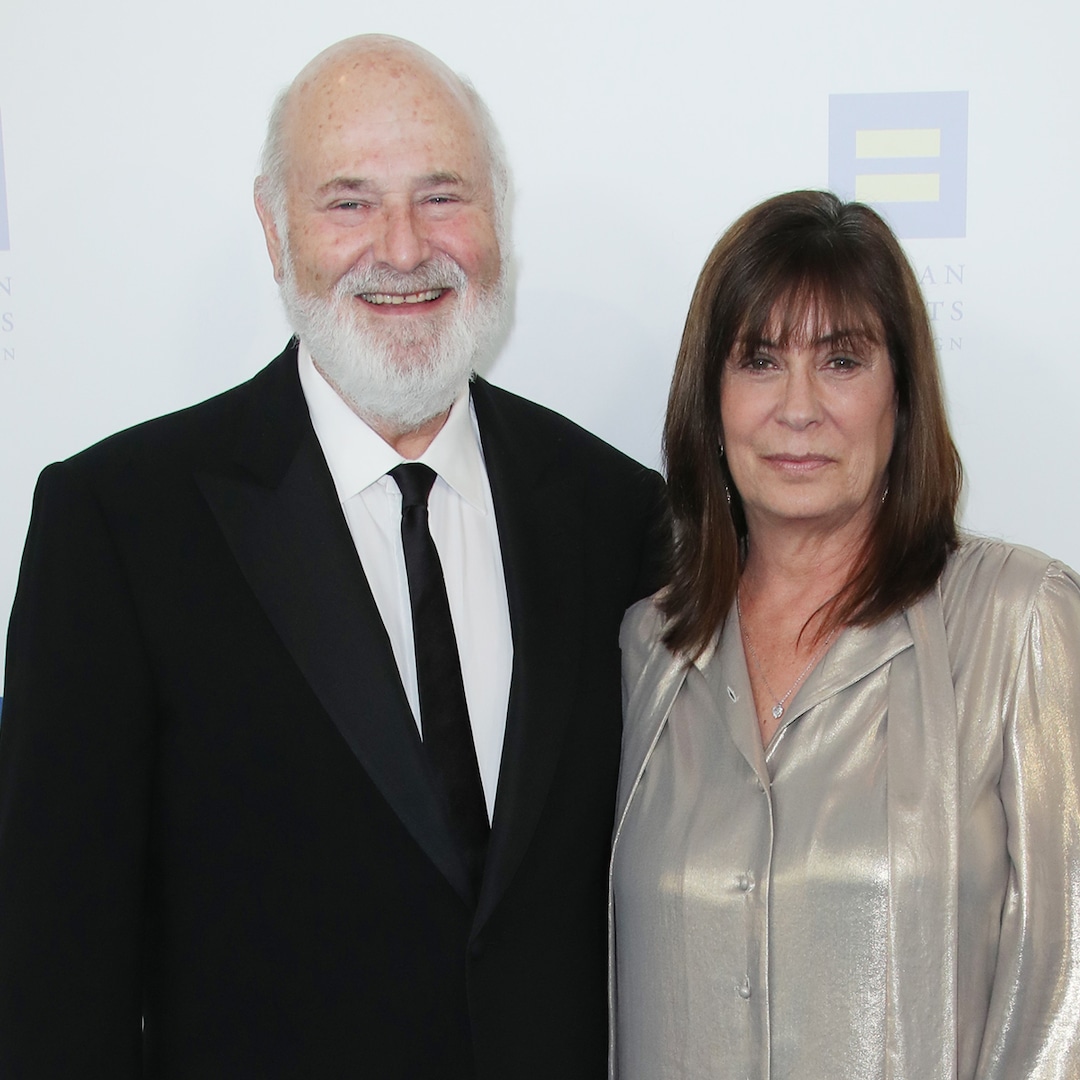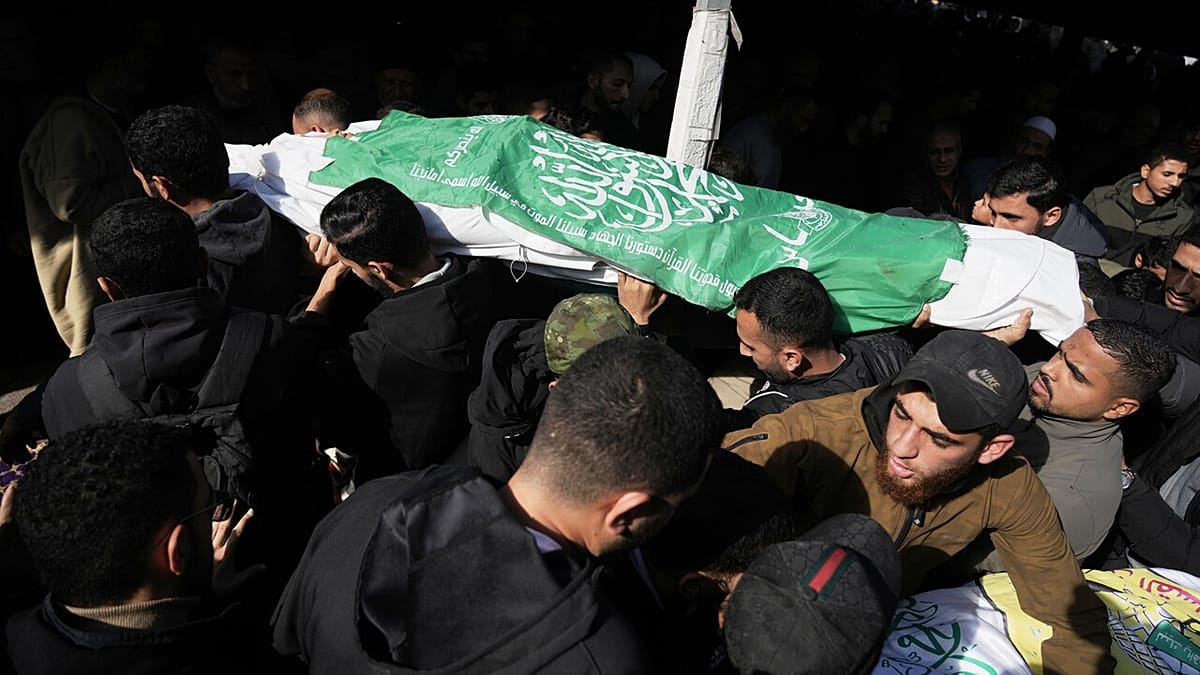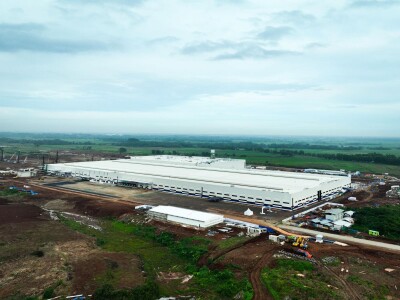Midfield Masters: The Transfers That Transformed Their Teams

Midfielders rarely get the glory of a 30-goal striker or the market buzz of a £100 million winger, yet they’re the ones who truly change how a team plays. When a midfield signing clicks, it can reshape the rhythm of an entire club, dictate its tempo, and spark a new identity on the pitch. Here are the midfield transfers that did exactly that – moves that shifted balance sheets, trophy hauls, and legacies.
Kevin De Bruyne to Manchester City (2015)
When Manchester City paid £55 million for a Wolfsburg playmaker once deemed “not good enough” for Chelsea, eyebrows lifted. A few years later, De Bruyne became the architect of Pep Guardiola’s machine. His vision, precision passing, and tactical intelligence made him the heartbeat of a side that dominated English football.
Impact: Multiple Premier League titles, record-breaking assists, and a tactical model built around his spatial awareness.
Luka Modri? to Real Madrid (2012)
From being voted one of La Liga’s worst signings in his first season to winning the Ballon d’Or, Modri?’s story is pure football poetry. He arrived from Tottenham as a neat technician and evolved into the conductor of Madrid’s orchestra, guiding them to five Champions League titles.
Impact: Transformed Real Madrid’s midfield identity, balancing flair and control across an entire decade.
Patrick Vieira to Arsenal (1996)
Signed for a modest £3.5 million from AC Milan, Vieira became the soul of Arsenal’s invincible engine room. Tall, commanding, and unafraid of a tackle, he embodied Arsène Wenger’s new vision of power blended with technique.
Impact: Key figure in three Premier League titles, defining Arsenal’s peak era and setting the tone for modern box-to-box midfielders.
Xabi Alonso to Liverpool (2004)
Liverpool’s midfield before Alonso was functional. With him, it was continental. His range of passing and composure under pressure gave Rafa Benítez the platform for European success, including that famous night in Istanbul.
Impact: Champions League triumph, tactical intelligence that shaped Liverpool’s style for years.
Claude Makélélé to Chelsea (2003)
Before analytics and heat maps, there was simply “the Makélélé role.” Sold by Real Madrid to make room for glamour signings, he joined Chelsea and redefined defensive midfield play. His positional discipline and ability to break up play quietly changed English football’s tactical landscape.
Impact: Anchored Mourinho’s first title-winning side, inspiring a generation of holding midfielders.
Andrea Pirlo to Juventus (2011, Free Transfer)
AC Milan thought he was finished. Juventus didn’t. What followed was a renaissance. Pirlo’s calm authority and vision helped Juve dominate Serie A, proving that elegance could dictate an entire league.
Impact: Four straight Serie A titles and a tactical evolution that reintroduced playmakers deep in midfield.
Frank Lampard to Chelsea (2001)
West Ham fans knew he was good. Chelsea fans found out he was legendary. Lampard became the ultimate goalscoring midfielder, combining work rate with surgical finishing. His arrival marked the beginning of Chelsea’s modern era.
Impact: Over 200 goals from midfield and the cornerstone of a team that lifted the Champions League and three league titles.
Toni Kroos to Real Madrid (2014)
Kroos joined Madrid fresh off a World Cup win and became the glue in one of the greatest midfields in football history. Alongside Modri? and Casemiro, he brought balance, control, and unflappable calm to high-pressure matches.
Impact: Part of the three-peat Champions League dynasty, epitomising efficiency and precision.
Cesc Fàbregas to Chelsea (2014)
Returning to London but wearing blue, Fàbregas instantly transformed José Mourinho’s midfield. His link-up with Diego Costa was devastating, turning Chelsea into an attacking force that mixed precision and power.
Impact: Key playmaker in Chelsea’s 2014–15 Premier League triumph, redefining their transition play.
Fernandinho to Manchester City (2013)
Not the flashiest name, but maybe the most vital. Fernandinho’s tactical brain and defensive versatility gave Guardiola the platform to let his full-backs and midfielders run wild. He turned defensive transitions into an art form.
Impact: The unspoken foundation behind City’s domination, proving intelligence trumps spotlight.
When Midfielders Become Architects
Every great football dynasty has one constant: a midfield that understands both art and science. These transfers weren’t just transactions; they were blueprints. From Modri?’s control to De Bruyne’s creativity, they show that the best teams aren’t built on goals alone but on rhythm, chemistry, and vision.



